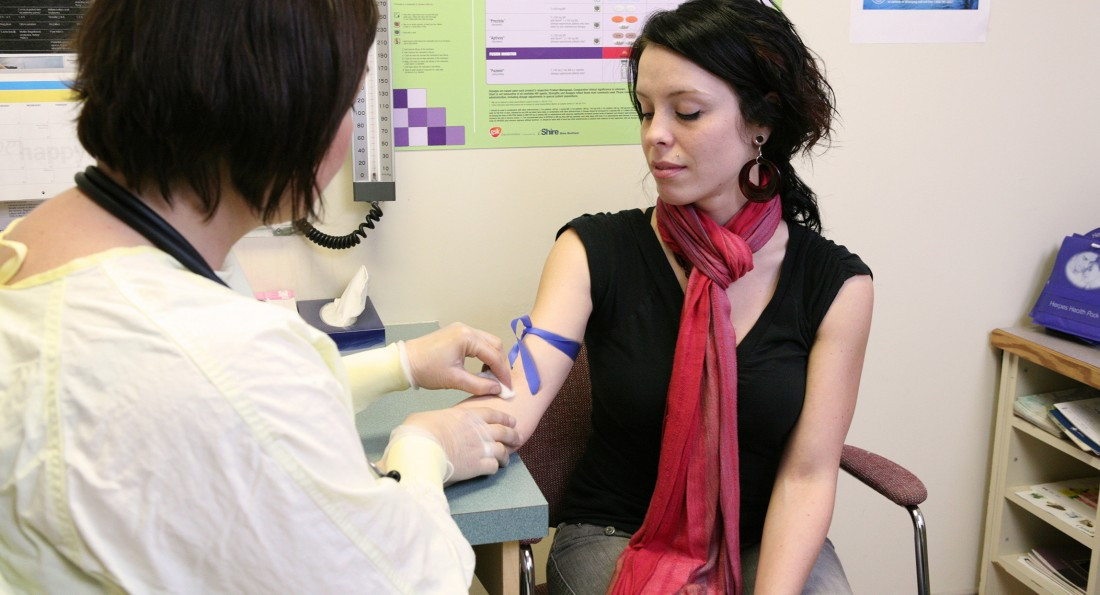Safer Sex
Awareness on Enjoying Sex While Staying Healthy
About 25 per cent of Canadians living with HIV do not know they are positive, according to the Public Health Agency of Canada.
”Most people living with HIV would tell you that the biggest challenge they face is HIV stigma,” Teri Stevens, the Community Engagement Coordinator of Nine Circles, says.
The Scotiabank AIDS walk, Manitoba’s largest annual fundraiser for people living with HIV/AIDS, will take to the streets on Sept. 17 to help create awareness that HIV positive individuals can live long, healthy and full lives.
Teri Stevens explains that people believe many myths about HIV, which creates fear about HIV and people living with the illness.
“The fear misinformation creates can lead to people living with HIV being discriminated against,” she says.
Stevens explains that testing rates in Manitoba for HIV are very low, and a lot of younger people are being diagnosed with HIV.
According to the 2015 Manitoba HIV report, 10.8 per cent of clients aged 17 to 24 and 38.2 per cent aged 25 to 39 entered into care with the Manitoba HIV program, which provides information, specialized care, treatment and support for Manitoban adults living with HIV.
Approximately 1,250 Manitobans live with HIV, according to the Manitoba HIV Program Update.
Health professionals stress that practicing safer sex is important for the prevention of all sexualy trasmitted infections (STIs), not just HIV.
“Always use a barrier method for oral, vaginal and anal sex,” Dr. Carol Scurfield, the medical director for Women’s Health Clinic, says. “STIs can be transmitted through oral sex.”
Chlamydia, gonorrhea, syphilis and HPV are some of the most prevalent STIs among younger adults. Scurfield says that the rates of syphilis infections are on the rise.
“In 2013 there were 52 cases … and in 2015, there were 200 cases of infectious syphilis.”
Jared Star, the Equity and Inclusion Coordinator of the Rainbow Resource Centre, says it is important to remember that “not all sex has the same risk.” Star emphasizes it is important for people to get information on “the level of risk for the kinds of sex they like to have.”
Scurfield gives an example that if one partner has a cold sore on their mouth, their partner can contract herpes on the genitals through oral sex.
Shauna Fay, a health educator at Nine Circles Community Centre, explains that safer sex is about making choices that help keep you and your partner healthy and lower the chances of getting STIs. Safer sex involves being tested and getting treatment if diagnosed with an STI.
Safer sex is “fun, stimulating, exciting and erotic,” Fay says. Safe sex is about knowing your options, being comfortable and being able to communicate likes and dislikes to your partner. It is also important to obtain routine testing, including HIV testing.
Stevens recommends HIV testing every five years for people aged 18 to 70. HIV testing should also be carried out when a risk of HIV acquisition is identified, when pregnant or if diagnosed with another STI, Hepatitis C/B or tuberculosis.
Published in Volume 71, Number 2 of The Uniter (September 15, 2016)





